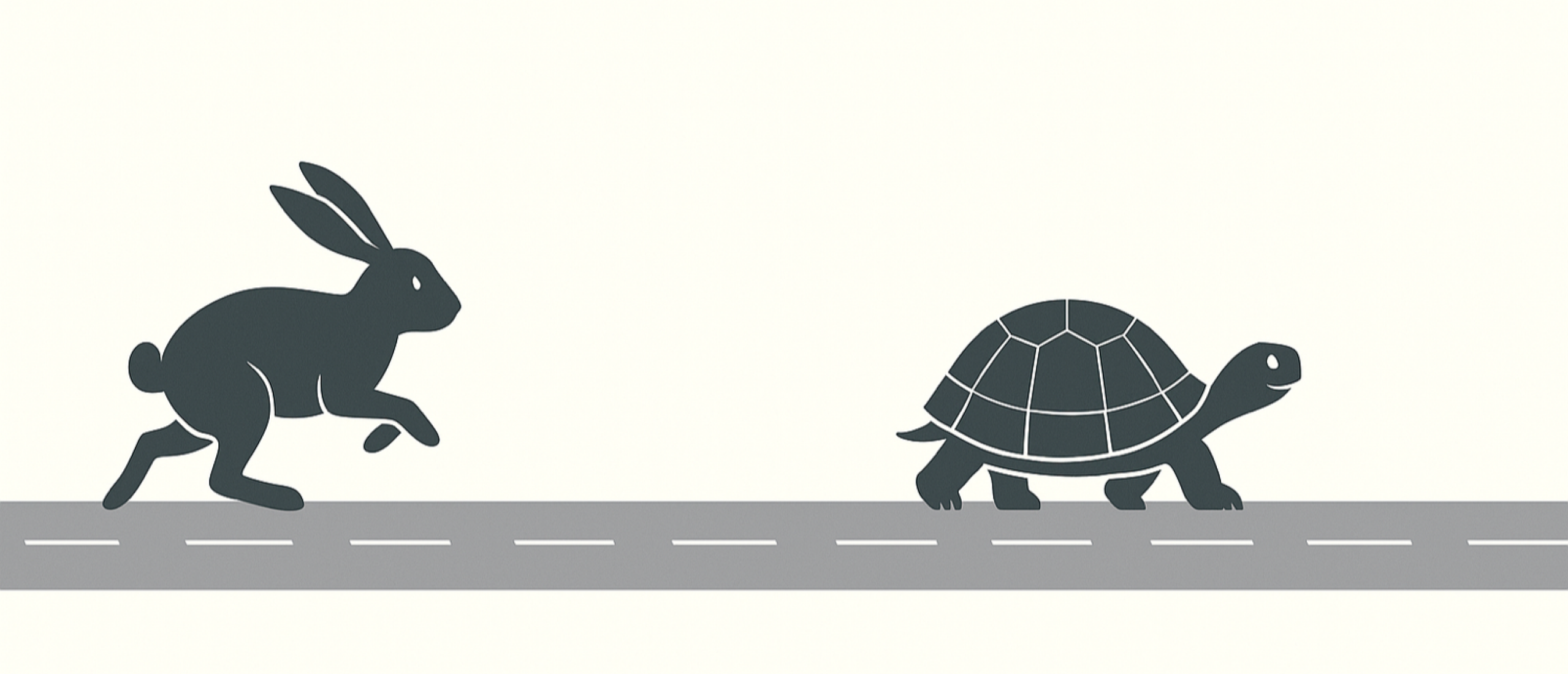
Workplace stress isn’t just an individual problem — it’s a societal one.
Recent studies show that around one in six employees worldwide experiences a stressful job, characterized by high demands and little freedom to decide how to do the work. From hospitals to classrooms, millions of professionals are reaching their limit — and the cost is rising fast.
Key Takeaways
- About 1 in 6 employees worldwide has a stressful job.
- High demands and low control form the most harmful combination.
- Healthcare and education workers remain among the most affected.
- Stress accounts for roughly one in four sick days and costs billions annually.
- Increasing autonomy and balance is key to long-term prevention.
How Common Work Stress Really Is
Work stress has become one of the most widespread health challenges of modern life.
Recent data from several countries show that roughly one in six employees has a stressful job — one that combines high demands with little control over how the work is done.
In The Netherlands, for instance, about 16 % of workers fall into this category, a number that mirrors findings across Europe and North America.
Globally, the scope of the problem is even more alarming.
According to the World Health Organization (WHO) and the International Labour Organization (ILO), millions of workers each year suffer serious health consequences related to excessive workload and chronic stress.
Long working hours alone — a key driver of psychological and physical strain — are now recognized as one of the world’s leading occupational risk factors.
| Indicator | Global Estimate | Source / Year | Meaning |
|---|---|---|---|
| Share of employees in stressful jobs | ≈ 15–20 % in many developed economies | Eurofound 2023; TNO & CBS 2024 | Workers reporting high demands and low control — a major predictor of chronic stress. |
| Work-related deaths (all causes) | ≈ 1.9 million per year | WHO / ILO Joint Estimates 2021 (data 2016) | All occupational diseases + injuries (heart disease, stroke, cancers, etc.). |
| Deaths from long working hours | ≈ 745 000 per year | WHO / ILO 2021 | Mainly from ischemic heart disease and stroke linked to ≥ 55 h workweeks — the leading occupational risk factor worldwide. |
| Economic cost of depression and anxiety (work-related) | ≈ US $1 trillion per year in lost productivity | WHO 2020 | Productivity loss caused by mental-health problems strongly tied to job stress. |
| Share of sick leave due to stress (Europe) | ≈ 25–30 % of all absences | EU-OSHA 2023 / national surveys | Stress is now the most frequently reported cause of work absence. |
These figures make one thing clear: work stress is not just an individual issue — it’s a global public-health and economic concern. And while the exact numbers vary between countries, the underlying pattern is the same: rising demands, limited autonomy, and insufficient recovery time continue to erode wellbeing across professions.
The Pattern Behind the Numbers
When researchers look at which jobs are most stressful, the same pattern appears everywhere:
the combination of high workload and low control.
Jobs that require following strict procedures, juggling many tasks, or dealing with constant emotional demands tend to top the list.
Pharmacy assistants, nurses, teachers, hospitality workers, and medical staff are especially affected.
These are professions where people carry heavy responsibility — often for others’ health, safety, or learning — yet have little influence over how their work is organized.
The result is a sense of being trapped between responsibility and limited freedom to decide how to do the work. This is a key driver of chronic stress and burnout.
Why Work Stress Keeps Rising
Technology and hybrid work have blurred the boundaries between work and rest.
While flexibility can reduce commuting time and offer more autonomy, it can also extend the working day and increase mental load.
For many professionals, the constant availability expected in digital communication creates an “always-on” culture — a form of psychological overwork that quietly erodes recovery time.
In addition, economic pressure and staff shortages in sectors such as healthcare and education have intensified workloads. Many workers describe an ever-expanding to-do list, reduced focus, and the feeling of running on autopilot.
The Human Cost
Work stress doesn’t just affect productivity — it directly harms health and motivation.
Chronic stress increases the risk of insomnia, anxiety, and cardiovascular disease, while also reducing engagement and job satisfaction.
People who report high job stress are more likely to lose interest in their work and expect their jobs to become mentally heavier in the future.
In the long run, this combination of mental fatigue and emotional detachment is what leads to burnout — a state of exhaustion where recovery becomes difficult without structural change.
Teachers and Healthcare Workers: Still on the Front Line
Among all professions, teachers and healthcare professionals continue to report the highest stress levels.
Teachers face constant performance pressure, administrative overload, and emotional strain — especially when support or autonomy is limited.
If you’d like to understand this in more depth, see our previous articles:
- Stress and Teaching: Why It’s One of the Most Stressful Professions (and What to Do About It)
- 10 Practical Solutions to Reduce Teacher Stress
These examples show how chronic overload and limited influence over decisions can create lasting stress — and how small structural changes can make a major difference.
What Needs to Change
Reducing work stress requires action at two levels:
1. Organizational change:
Companies and institutions need to design jobs that balance demands with control — allowing employees to decide how to meet their goals, not just what to deliver. Encouraging open dialogue, realistic workloads, and supportive leadership can prevent chronic strain.
2. Individual action:
Recognizing early warning signs and taking micro-actions to regain control can stop stress from becoming overwhelming. Even small shifts — such as setting clear boundaries, taking short recovery breaks, or renegotiating priorities — help the nervous system reset.
Feeling Like You’re Part of These Numbers?
You might recognize these figures not as distant statistics, but as a reflection of your own workday — pushing through fatigue, running on autopilot, and calling it “normal.” Yet chronic stress isn’t inevitable; it’s a signal that something needs to change.
Download our free guide, Trapped in Overwhelm to learn 5 small shifts that help you reduce stress before it turns into burnout.
FAQs
Q1: What are the most stressful jobs?
Jobs that combine high demands with low autonomy — such as healthcare, teaching, and service roles — consistently rank highest for stress.
Q2: How does lack of control increase stress?
When people can’t influence how their work is done, they feel powerless, which activates chronic stress responses and reduces motivation.
Q3: How can I prevent chronic work stress?
Start by identifying what you can and can’t control. Discuss workload and priorities early, take micro-breaks, and protect recovery time outside work.











